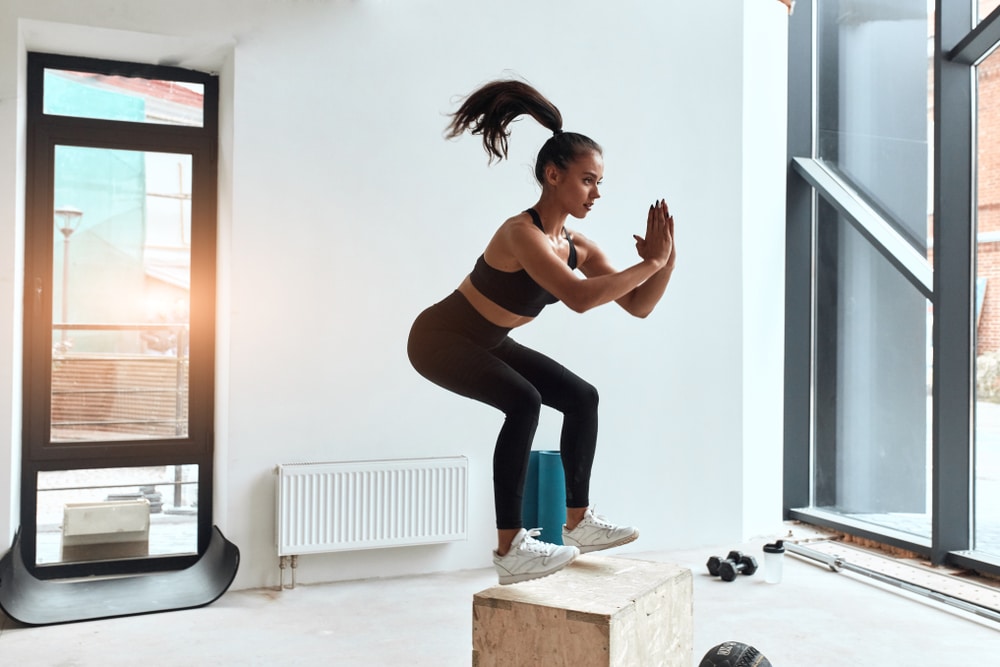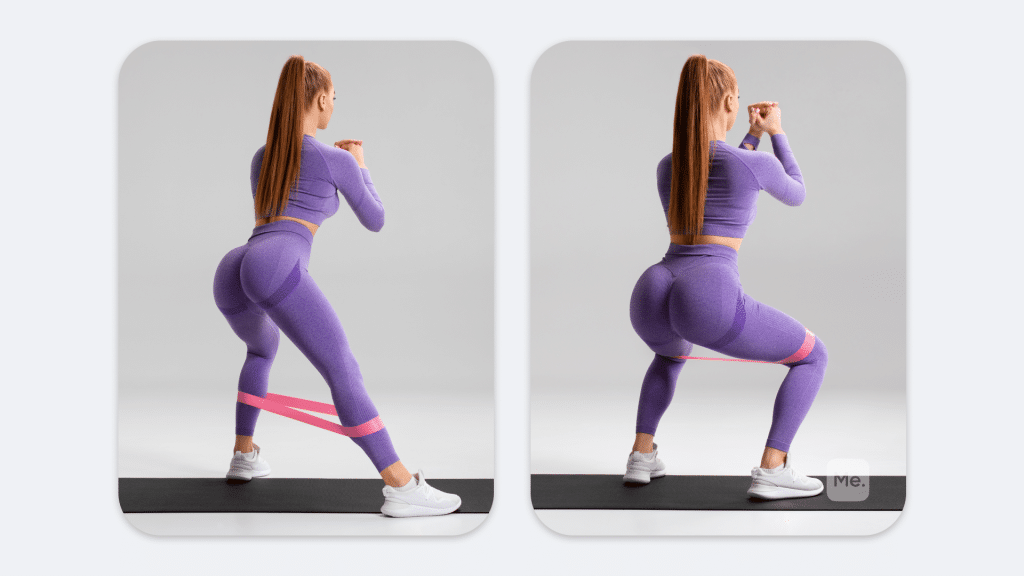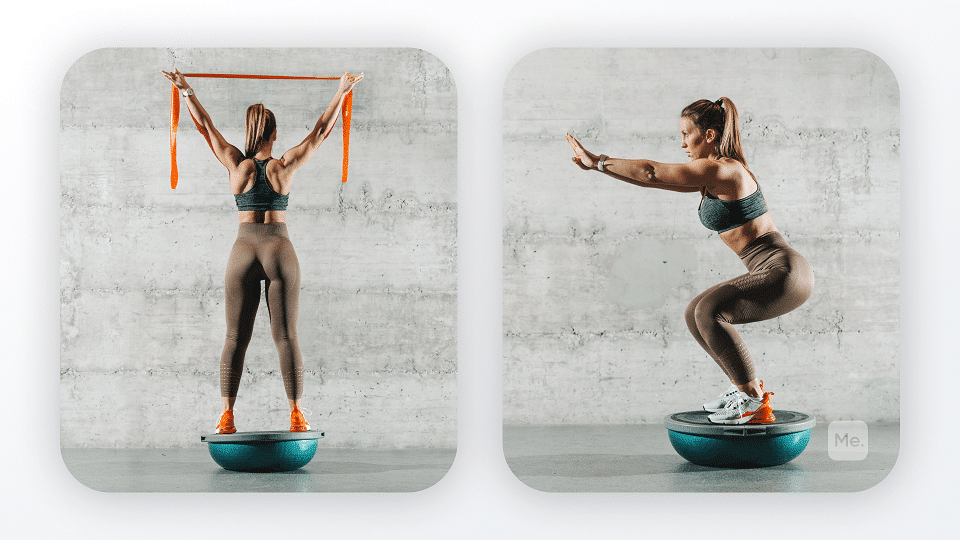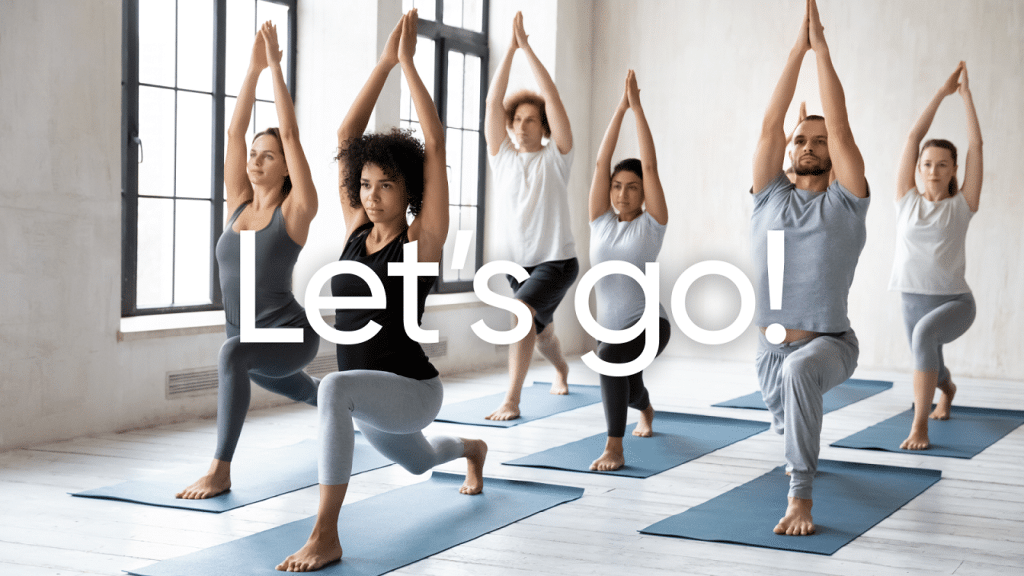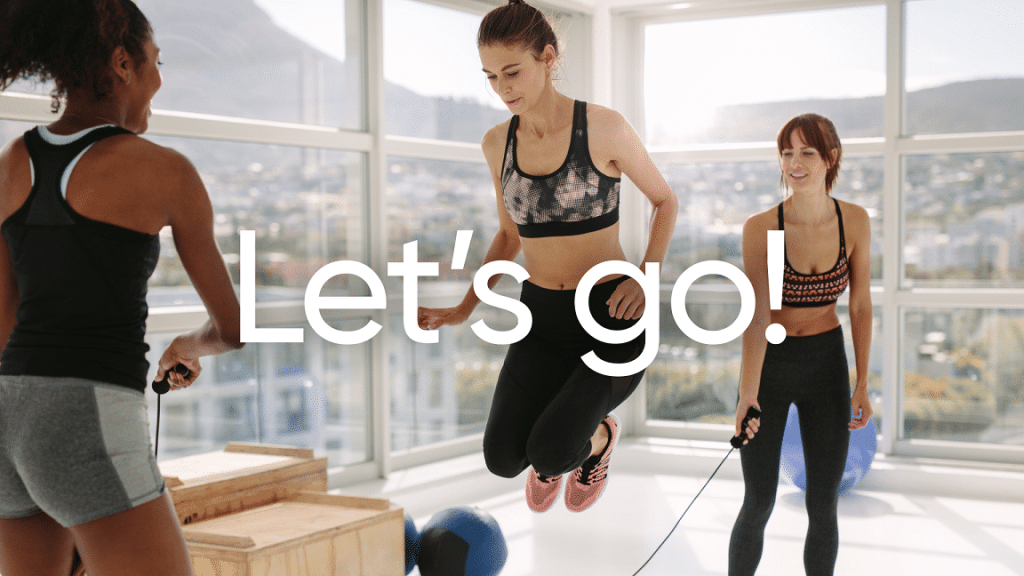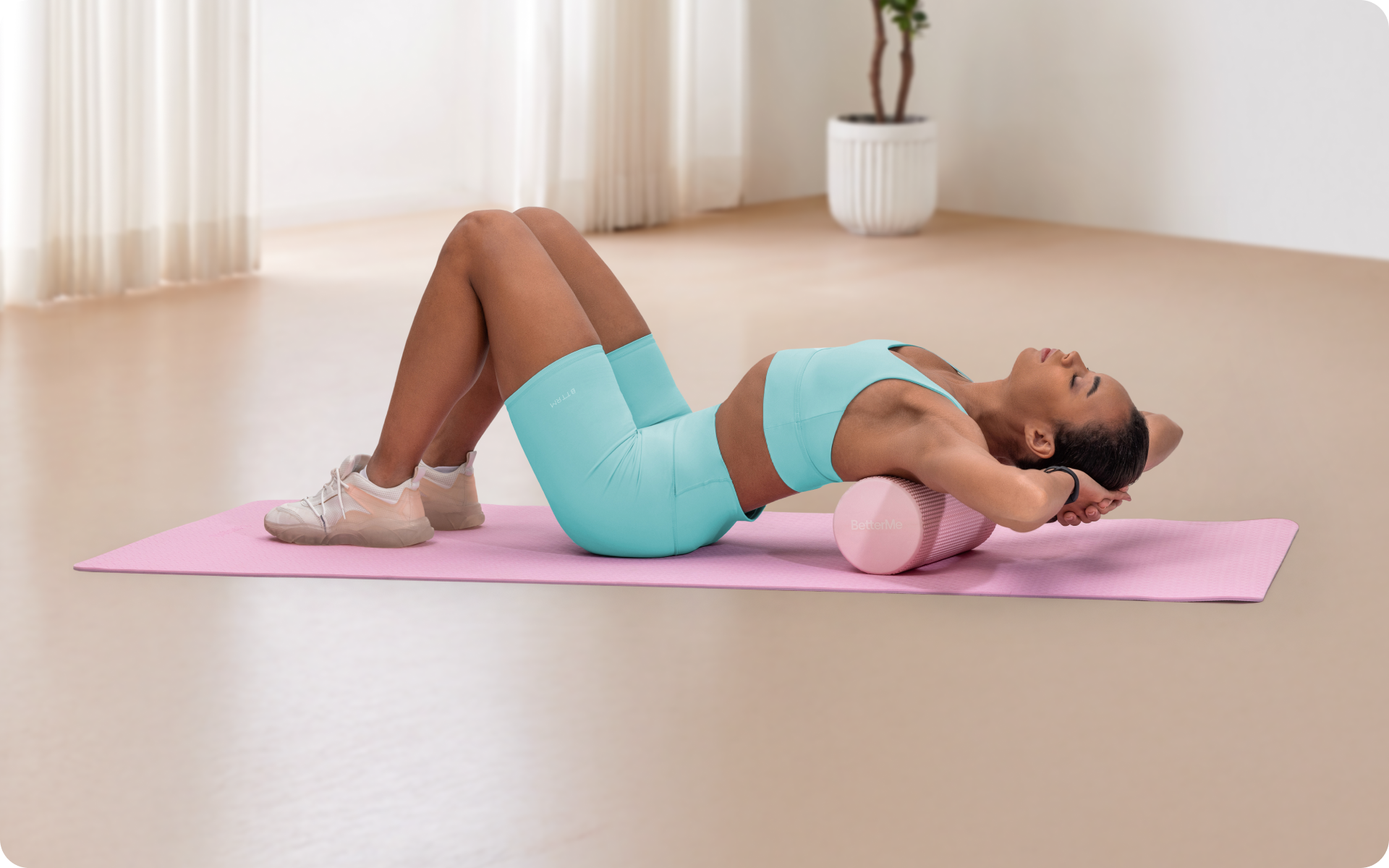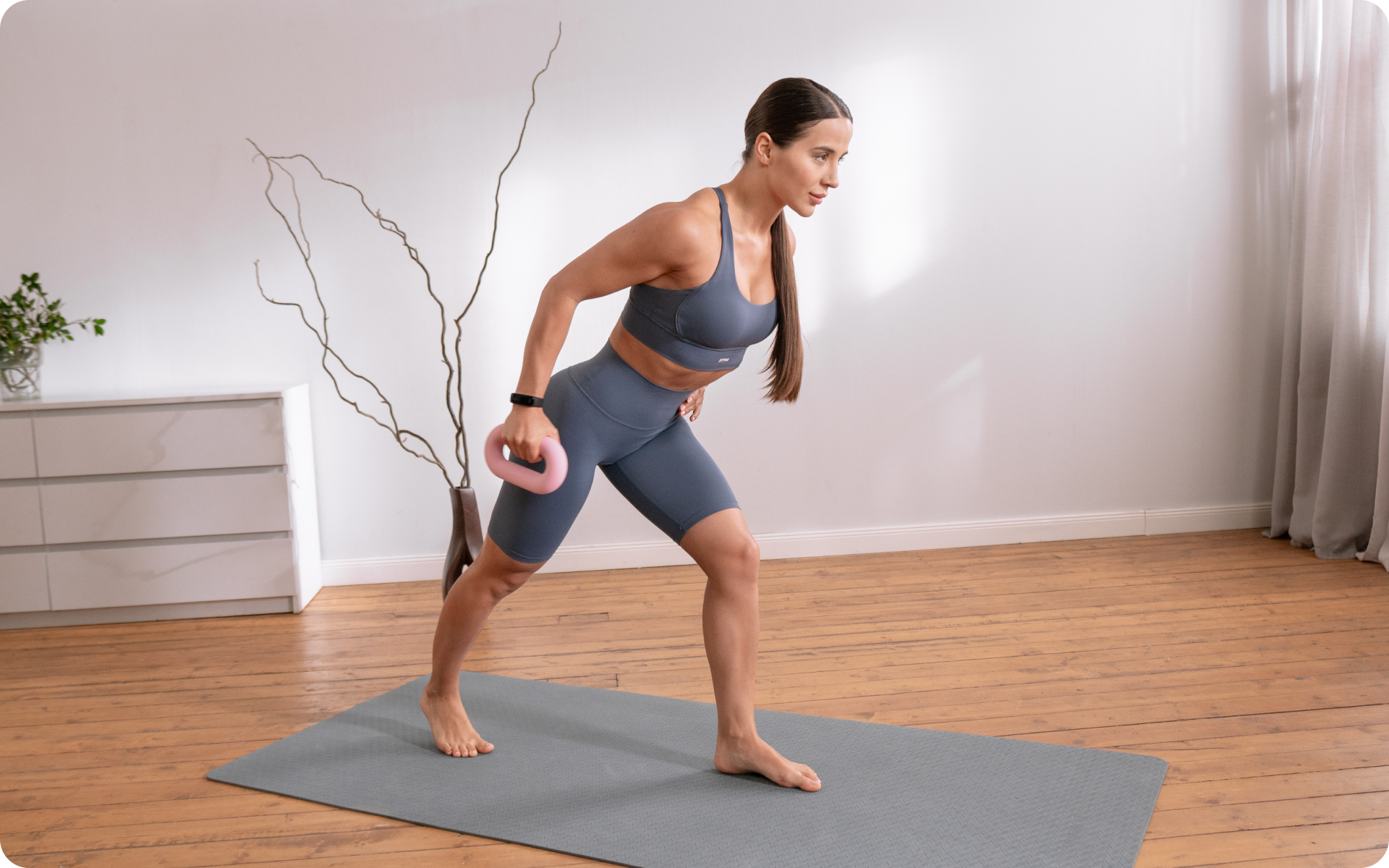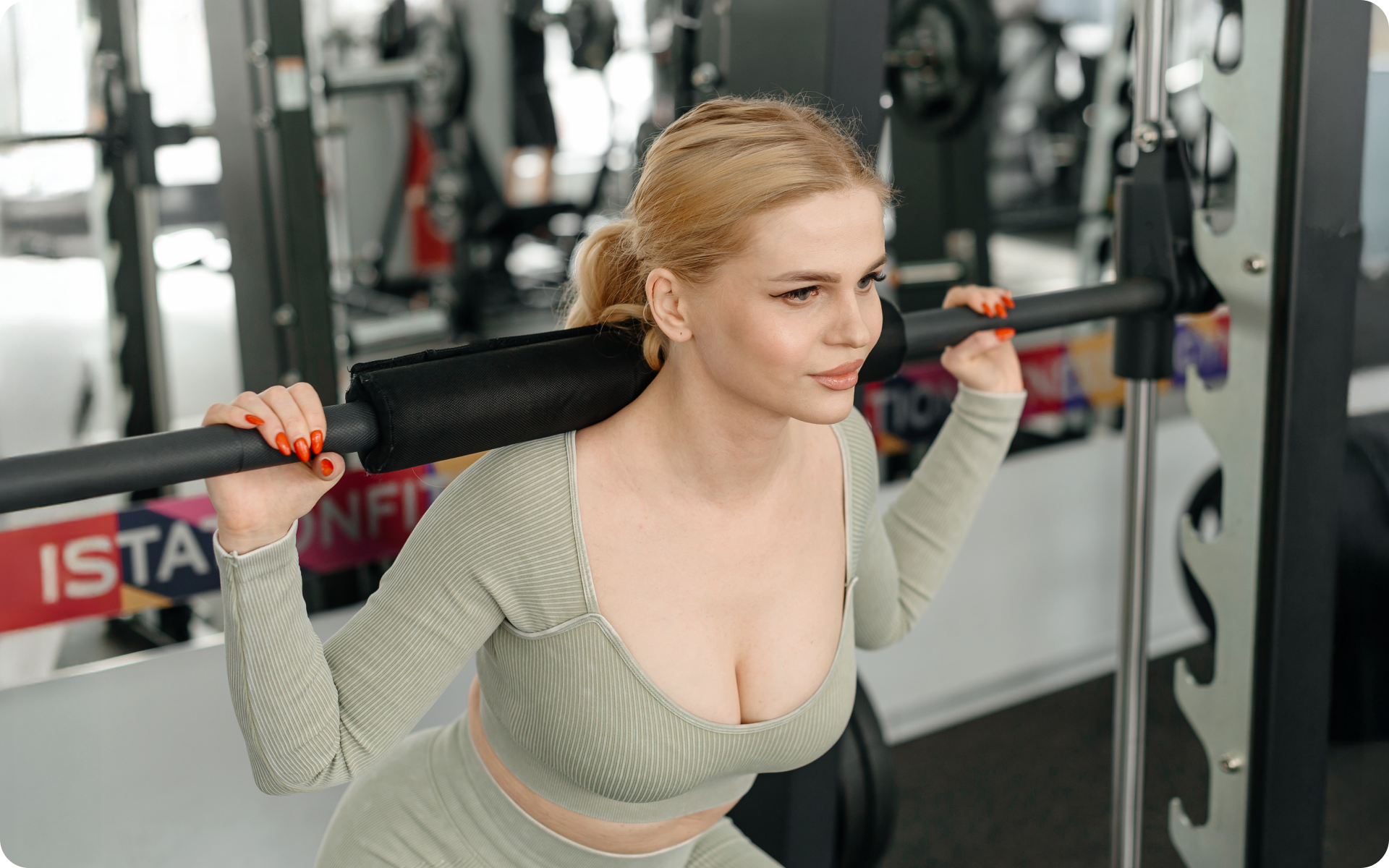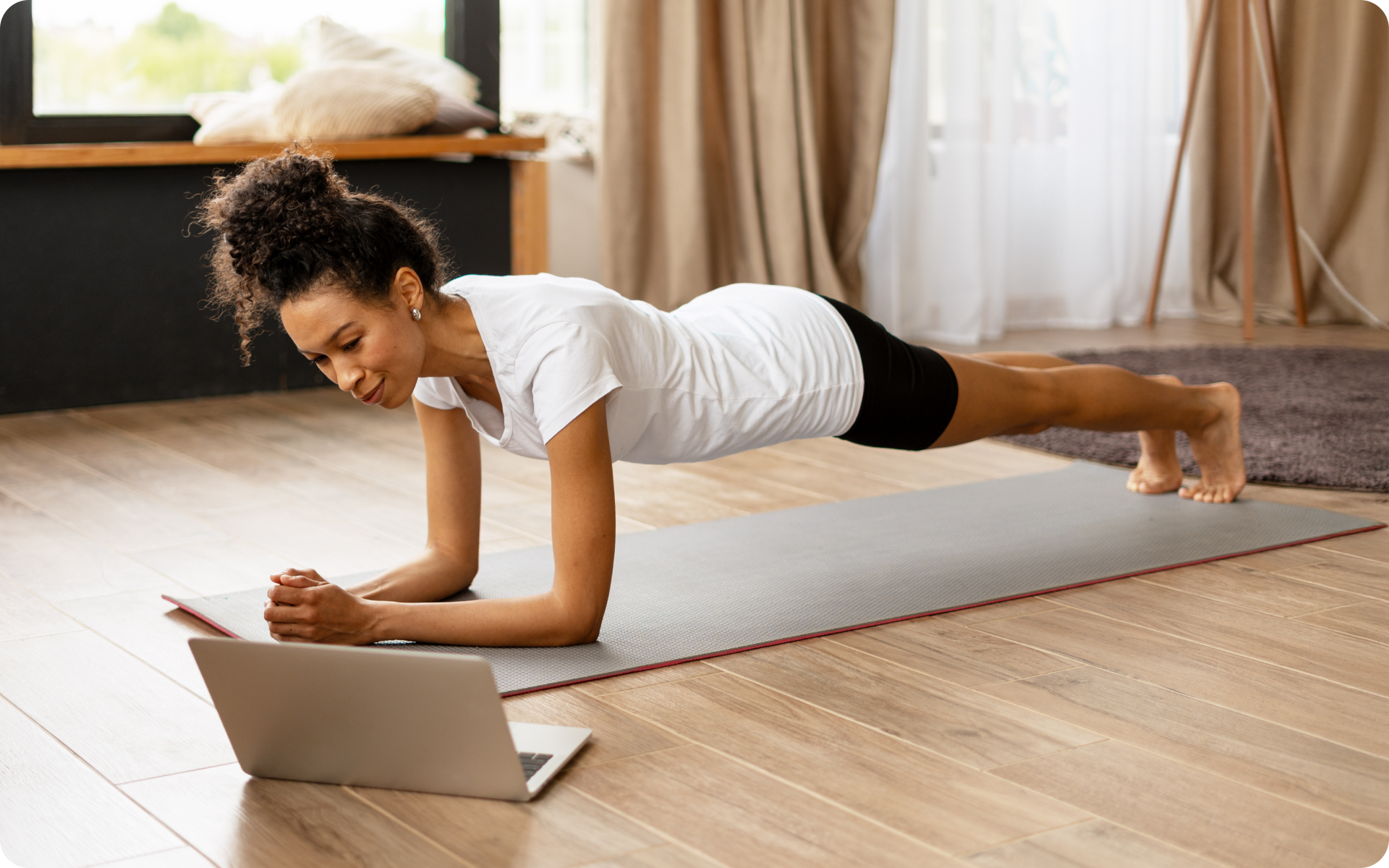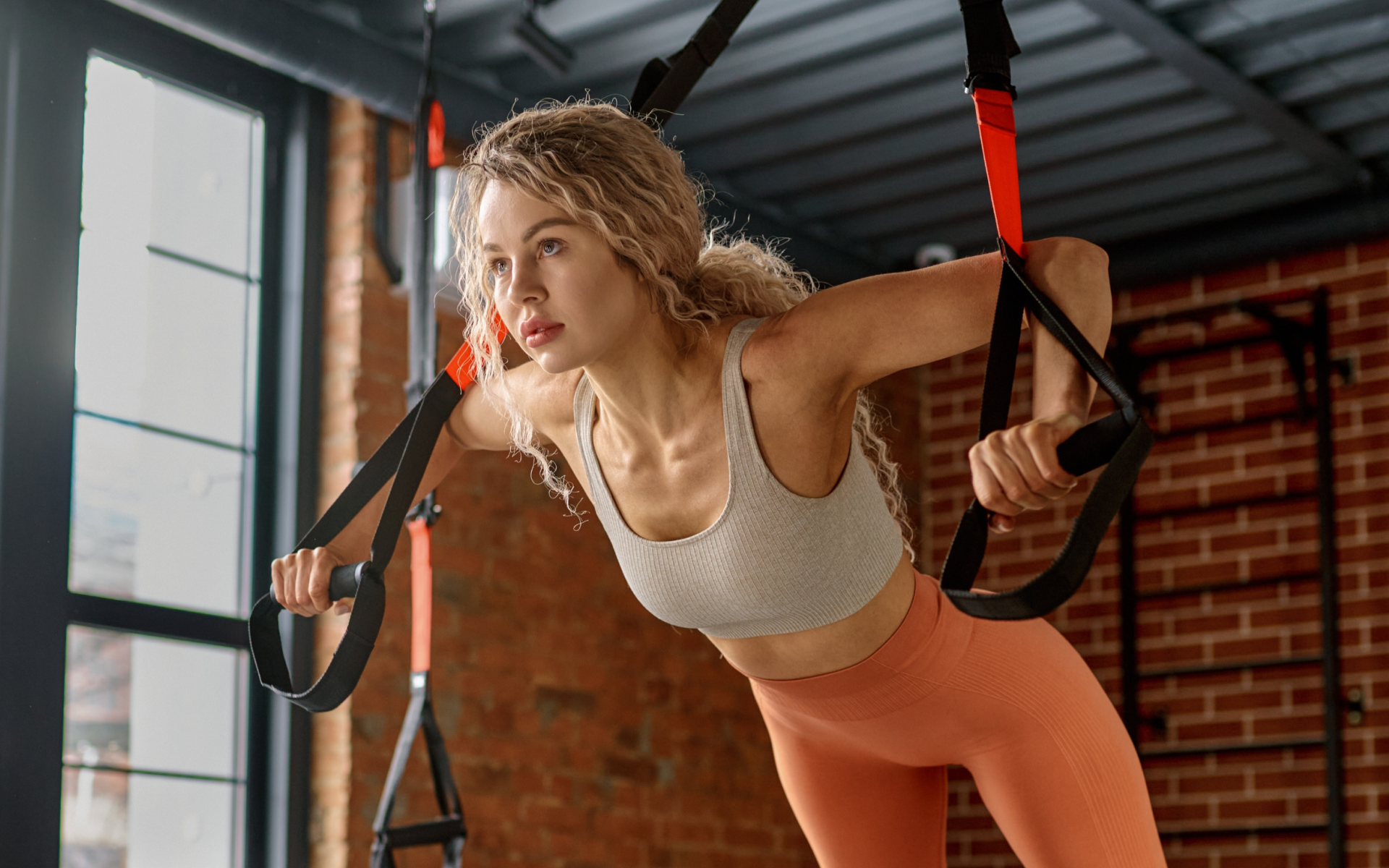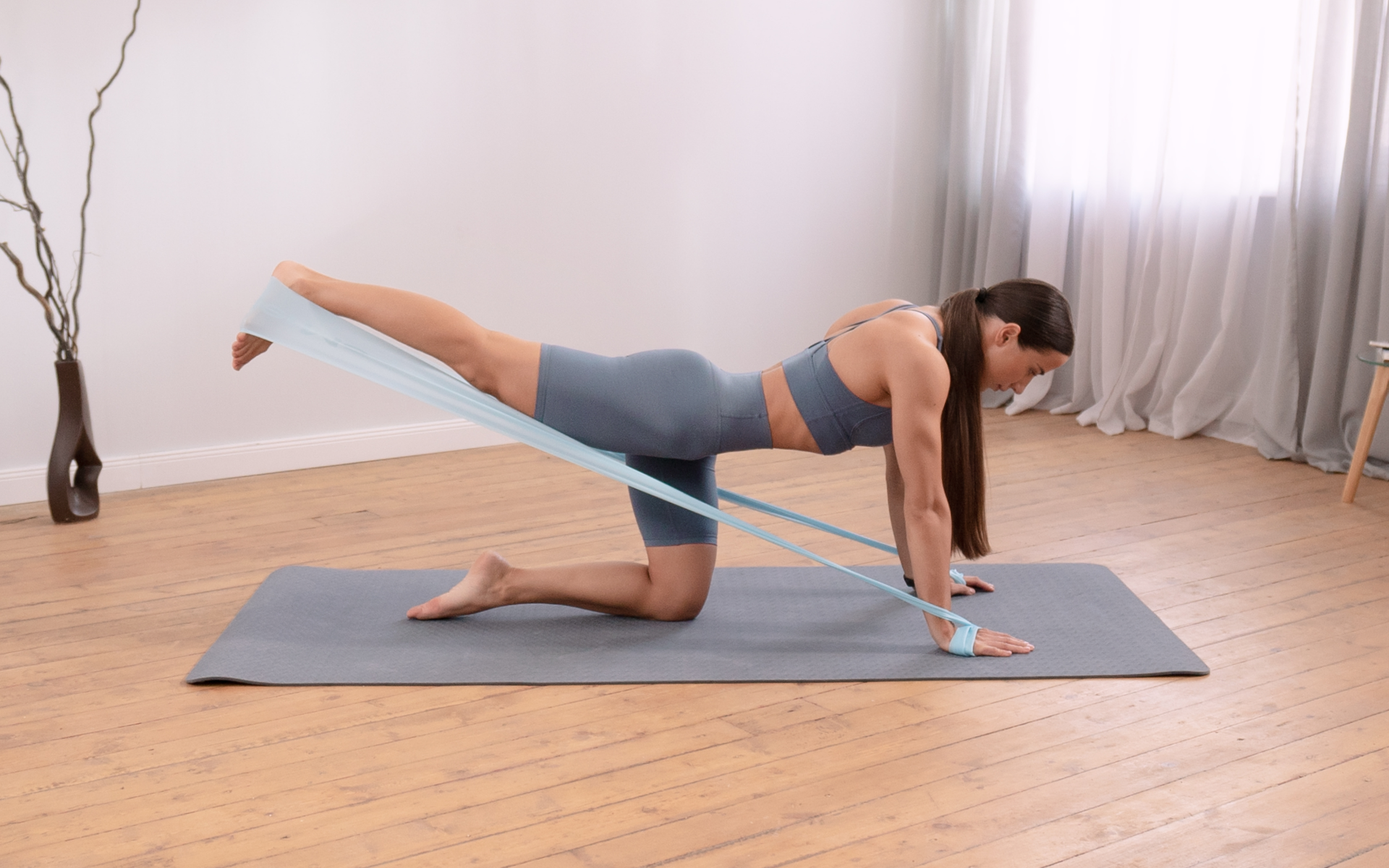Increasing one’s vertical jump is one of those interesting goals sports minded people usually have. For some the aim would be to dunk the ball and for others, gain jumping abilities to maximize their performance in sports like volleyball. Whatever the case may be, evidence shows there are several ways you can increase vertical jump. Naturally you want to implement the best approach so follow along as we analyze these strategies and finally determine the best way to increase vertical jump.
What Is Considered A Vertical Jump?
A vertical jump or leap refers to the highest point an individual can touch from a standing jump, less the height they can touch from an upright stance (3). There are two different types of vertical jumps, which are as follows:
-
The Standing Vertical Jump
As the name implies, you perform this move while standing, without taking any steps. Typically, this move is often preceded by quick crouching action (3).
-
The Running Vertical Jump
This vertical jump is often performed after a run-up, such that the last step is used to launch you into the jump. Unlike the standing vertical jump, it is more advanced and technical and is often performed to improve the standing jump result.
How To Do Vertical Jumps With Proper Form
From the outside, a vertical jump looks easy. After all, the purpose is to jump as high as possible and get the reading. However, a vertical jump is quite tricky to ace, contrary to popular belief. For starters, you need to maintain the correct technique to help increase your jump. Here are the steps to take to nail this jump (3):
- Start in a stance with your feet shoulder-width apart, and knees slightly bent. Keep your shoulders directly over your hips, arms by your sides, and head and neck in a neutral position. Similarly, keep your chin tucked throughout the movement.
- Press your whole feet to the floor to gain stability and distribute your weight evenly.
- Raise your arms above your head, breathe in and out deeply, then engage your core and quickly lower into a quarter squat position. You will achieve this by slightly bending your knees and hips. Extend your arms in front but maintain a slight bend in your elbows when lowering into the quarter-squat position.
- Press your feet into the ground to gather momentum for jumping explosively into the air. You must straighten your legs during the upward movement while you swing your arms forward. Pay attention to being as powerful and as quick as you can during the jump.
- Bring your arms above your head at the top of your jump until your upper arms align with your ears. Keep your legs straight, and do not lock your knees. Touch the wall or a pole at the top of your movement to get a reading of your current vertical jump.
- When landing from your jump, make sure you land on the balls of your feet and then distribute your weight along your entire foot. Additionally, try to land gently and smoothly on your whole foot while allowing your knees and hips to bend to absorb the force. Similarly, make sure you are engaging your core even when landing.
- Keep your knees in line with your toes and chest ahead of your hips. That is your landing stance.
- Repeat.
Read More: Box Jump Benefits And Technique For Beginners
How To Measure Your Vertical Jump
The first step you must take before implementing strategies to increase your vertical jump is to measure your current jump. This is crucial to help you get a starting point to compare to after implementing these strategies.
Athletes use different techniques to measure their vertical jump. However, the simplest requires a ladder, your friend, and chalk or permanent marker. It is as follows (3):
- Stand next to a tall pole or wall such that when you jump, you can hardly touch the top.
- Stretch your arms as high as you can above your head. That marks your standing reach. Let your friend mark this spot using either a permanent marker or a piece of chalk.
- Now, assume a standing stance, jump as high as possible, and touch the wall or pole. Your friend needs to be paying close attention to see exactly where you touch so that there is no guesswork or confusion. However if there is, be sure to repeat with your friend paying close attention.
- After the jump, let your friend climb the ladder and mark the spot you touched on the wall.
- Measure the distance between your standing reach and your jumping reach. The answer is your current vertical jump.
Can You Increase Your Vertical Jump?
It is natural to question a vertical jump program’s effectiveness in increasing your vertical jump. But evidence shows you can. You can improve your vertical jump by increasing your power-to-weight ratio, lower body strength, and flexibility to help you have the proper position to jump (5).
What Is The Best Way To Increase Vertical Jump Fast?
There are various ways to increase your vertical jump. Some are scientifically sound, while others are running theories. However, evidence shows that the best way to increase vertical jump for basketball or volleyball is by exercising (5).
Dropping pounds by the dozens without putting yourself through the wringer is everyone’s weight loss pipe dream. But what if we told you that the BetterMe app can make that happen? Keep yourself in prime shape with our fat-blasting workouts, delicious budget-sparing recipes, and body-transforming challenges with our app!
Exercising To Increase Your Vertical Jump
Exercise has loads of benefits. Some include toning your body, reducing your disease risk, and promoting weight loss. Several studies have also shown that you can increase vertical jump and build strength by exercising. However this is only possible if you perform the right exercises.
The most recommended exercises are explosive and dynamic. They are recommended because their explosiveness helps increase your jumping power, speed, endurance, and strength (5). Some of these recommended exercises include:
-
Plyometrics
Plyometric exercises are powerful, and explosive aerobic exercises mainly performed to increase strength, speed and endurance. In addition, they help increase your vertical jump by building strength in your leg, hips, and core muscles (4), (1).
These are the mainly used muscles in the vertical jump. Additionally, plyometric exercises also develop your jumping skills and muscular contraction speed because of their explosive nature (1). Typically, you must exert your muscles to their maximum in a short duration when performing these exercises. Some of the plyometric exercises to consider are:
Jumping Bulgarian Split Squat
The Bulgarian split squat jump is one of the best plyometric exercises to perform when vertical jump training. Although it mainly targets your quads, it also works your glutes, calves, hamstrings, and hip flexors (1).
There are several Bulgarian split squat jump variations, with some involving equipment. For example, you may need to use a pair of dumbbells to perform a jumping Bulgarian dumbbell split squat.
It would be best to talk to your doctor and trainer to determine the best variation, depending on your fitness level. Here are the steps to perform a jumping Bulgarian dumbbell split squat (1):
- Stand in front of a bench and grab a dumbbell in each hand.
- Place your back foot up on a bench and the front one 1 or 2 feet away from the bench.
- Slowly lower into a squat position by pushing your hips behind and bending your knees. Squat until your leg forms a 90-degree angle.
- Stand to return to the starting position but as you reach the top, jump until your foot comes off the ground.
- Land gently and slowly on your entire foot, and then repeat.
Plyo Lunges
Plyometric lunges, or jumping lunges as they are better known, are high-intensity bodyweight exercises that increase your lower body strength. The rapid repetition of these jumps thoroughly works your hamstrings, glutes, quads, and hip flexors (1). To perform them:
- Stand with your feet at a shoulder-width distance with a slight bend in your knees. Make sure your shoulders are directly over your hips, with your head and neck in a neutral position. Keep your chin tucked throughout the movement.
- Distribute your weight evenly, then press your feet firmly on the floor to increase stability. Keep your arms by your sides with a slight bend in the elbows.
- Get rid of any built-up tension by breathing in and out deeply.
- Take a step in front to get into a lunge position while engaging your core and maintaining a neutral spine and upright chest stance. Be sure to keep your pelvis slightly tucked.
- Bend your knees, lower your hips toward the floor, and stop when the back knee is about an inch or two from the ground. The front foot should be neutral, and its knee should be directly above your big toe. Keep your chest slightly ahead of your hips.
- Press your front foot into the ground from this position while simultaneously swinging your arms forward to push you into a jump explosively.
- At the highest point of your jump in mid-air, switch your leg positioning quickly by bringing your back leg in front and the forward leg back.
- Land gently from your jump into a lunge. Make sure your weight is distributed evenly, and your chest is positioned slightly ahead of your hips.
- Pause for a second or two to gain stability quickly and prepare to jump again.
- Repeat while alternating sides to complete your desired repetitions.
Read More: Ayurveda Daily Routine: How To Use Dinacharya To Jumpstart Your Day
-
Deadlift
Deadlifts are strength workouts that increase your jumping abilities by increasing your lower body strength. You may have heard some people describe them as a measure of brute strength. Indeed they are, for they are challenging to ace but effective in building strength (5).
However, you must deadlift correctly to reap this benefit and minimize injury risk. Here are some simple steps on how to deadlift correctly:
- Start in a standing stance with your feet under the bar and directly under your hips. Position the bar on top of the middle of your entire foot and your toes pointing out slightly.
- Grip the bar with a narrow grip and avoid moving or rolling it from over your midfoot.
- Bend your knees until your shins touch the bar but be careful not to move the bar.
- Bring your shins forward to touch the barbell, then stretch your legs to assume a standing stance. Maintain contact between the bar and your legs up. Additionally, keep your chest up and shoulders down.
- Pause at the top of the movement for a few seconds and clench your glutes to activate them.
- Return the bar down and repeat.
-
Jumping Variations
The other exercises you need to work with to improve your vertical jump are different jumping variations. Most of these jumps work your legs and improve your coordination, endurance, and speed. Here are some significant jump variations to try:
Squat Jumps
Squat jumps are among the exercises you can perform to increase your vertical jump. They are mainly used to measure lower body power, for they primarily work your lower body muscles (3), (5). It is an explosive move that has become a staple in HIIT workouts. Below are the steps you should take to perform this exercise:
- Stand upright with your feet shoulder-width apart.
- Push your hips behind and lower into a squat. Be sure to keep your back straight and engage your core.
- At the bottom of the movement, jump up explosively by pushing through your heels.
- Land slowly and gently, and then lower back into the squat position. Make sure you land with your entire foot instead of the top of your foot. That counts as one rep.
- Repeat to perform the desired reps and sets.
Box Jumps
Box jumps help you work on your vertical jump without the impact experienced with plyometric exercises. Instead, they involve explosively jumping on an elevated surface like a box and landing gently on your feet (5).
When landing, you must keep your hips and knees slightly bent, a stance that reduces the impact on your joints and bones. That is why they are preferred over plyometric exercises. Below is a detailed overview of how to perform these box jumps:
- Stand upright when facing an elevated surface like a box. Position your feet at least within six inches of its side and hip-width apart. There should be a slight bend at your knees and hips.
- While there is a bend in your knees, push your hips back and swing your arms behind you in a smooth and controlled movement.
- Press through the balls of your feet and jump explosively straight into the air while swinging your arms up and forward. Make sure you extend your knees and hips as much as possible to increase your jumping height.
- At your jump height, you must bend your knees and push your hips back to help you land on top of the box.
- Land with both feet simultaneously on top of the box. Make sure you are leading with the balls of your feet, followed by your heels. Try to land gently and slowly by allowing your knees and hips to bend naturally. It helps them absorb the shock of the landing. Similarly, check that you land with your feet at least hip-width apart.
- Carefully step down from the box and repeat.
Want to build an attention-grabbing bubble butt, blast away fat that’s stored in all the wrong places, spring-clean your diet, turn back the clock on your skin, skyrocket your self-confidence and shatter your insecurities? Check out the BetterMe app and set this plan in motion!
The Bottom Line
Exercise is considered the best way to increase your vertical jump. However, there are specific exercises that help with this benefit. They all are explosive movements that mainly build lower body strength.
These include plyometric exercises like plyo lunges, deadlifts, and jumping variations like the box jumps. Again, it would be best to talk to your doctor and trainer before changing your workout plan.
Get your personalized
meal plan!
DISCLAIMER:
This article is intended for general informational purposes only and does not serve to address individual circumstances. It is not a substitute for professional advice or help and should not be relied on for making any kind of decision-making. Any action taken as a direct or indirect result of the information in this article is entirely at your own risk and is your sole responsibility.
BetterMe, its content staff, and its medical advisors accept no responsibility for inaccuracies, errors, misstatements, inconsistencies, or omissions and specifically disclaim any liability, loss or risk, personal, professional or otherwise, which may be incurred as a consequence, directly or indirectly, of the use and/or application of any content.
You should always seek the advice of your physician or other qualified health provider with any questions you may have regarding a medical condition or your specific situation. Never disregard professional medical advice or delay seeking it because of BetterMe content. If you suspect or think you may have a medical emergency, call your doctor.
SOURCES:
- Does plyometric training improve vertical jump height? A meta‐analytical review (2007, ncbi.nlm.nih.gov)
- Improved Maximum Strength, Vertical Jump and Sprint Performance after 8 Weeks of Jump Squat Training with Individualized Loads (2016, ncbi.nlm.nih.gov)
- Improving Vertical Jump Profiles Through Prescribed Movement Plans (2018, pubmed.ncbi.nlm.nih.gov)
- Plyometric Training Improves Sprinting, Jumping and Throwing Capacities of High Level Female Volleyball Players Better Than Skill-Based Conditioning (2017, ncbi.nlm.nih.gov)
- Training methods to improve vertical jump performance (2013, pubmed.ncbi.nlm.nih.gov)
